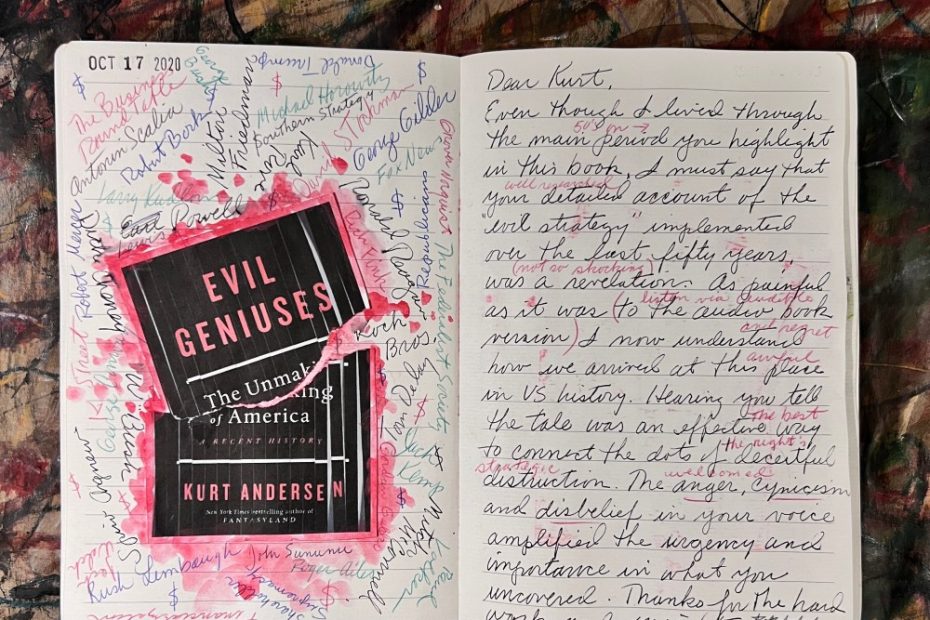The 24-hour news cycle rains down on us like a punishing information monsoon. Our addiction to “breaking news” at every moment makes it near impossible to avoid getting soaked with political debate, political crisis, and so much political nonsense.
It is against this background that the polarization of American society has reached a fever pitch that’s unlikely to cool down anytime soon. The “red and blue” of the political divide have manipulated even color so that choosing a particular baseball cap can send the wrong signal. Another example of this color as cipher is the electoral map. At first glance, the more progressive (blue) states appear to be in the minority. However, when the data is shifted to reflect actual voters, its reverses the impression of conservative dominance, as shown in an electoral data visualization design from Karim Douïeb that turned a lot of the purported red into blank space. The right celebrates the traditional style of measuring votes by counties to give the false sense that their views are more American when, in truth, the flood of red represents vast stretches of sparsely inhabited open land where neither party is accruing votes.
As an artist and designer who leans left of center, I avoid reflecting any political themes in my work. Politics is more often than not, an ugly and a bleak demonstration of bad human behavior no matter where you stand on the political spectrum. History is full of artists who use any number of political themes to trigger their creativity, but it’s just not what moves me. While I paint the world with my brush, I change the world with my vote.
I was a toddler when my first president, Harry S. Truman, came and went with a bang. He was the first (and only) Commander-in-Chief to use a nuclear weapon on another nation, bringing World War II to an abrupt end and giving birth to the Atomic Age. The political debate about this act rages on, yet it is a clear and present reminder of Oval Office power.
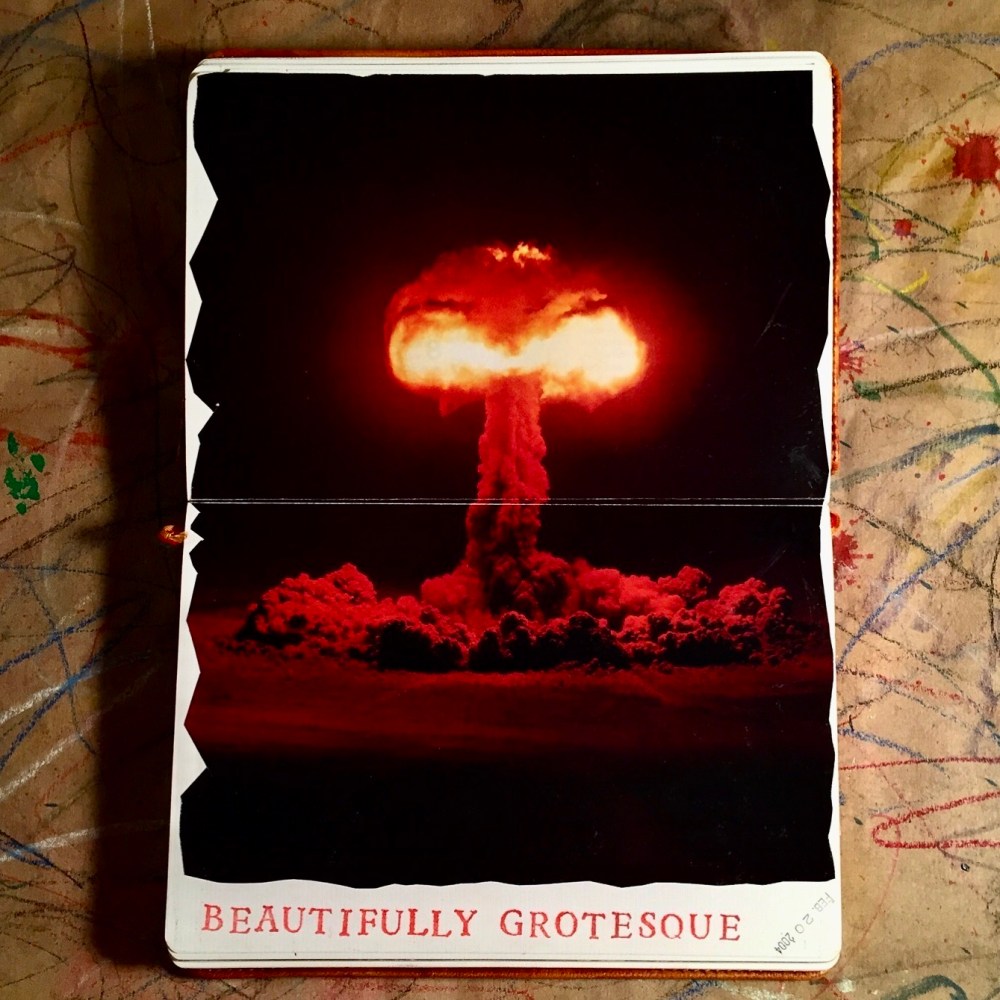
13 men have succeeded Truman since then, and their overall performance scores a “B” average from this citizen’s perspective, but that’s not bad for the most formidable job on the planet. Each faced challenges from within and abroad, with a few suffering self-imposed demise. I’m not a presidential historian, so while I won’t dwell on the famous or infamous achievements of all past “leaders of the free world” but offer a few impressions of what I’ve witnessed and logged in my journals.
Young President John F. Kennedy glowed with vitality and, along with First Lady Jacqueline Kennedy, brought glamour and optimism to the White House befitting the ’60s cultural revolution. Prior to his election, he faced Richard Nixon in the first nationally televised debate. During his term, he steered the country clear of encroaching Communism in Cuba, but also initiated our bloody intervention in Vietnam. Tragically, he was assassinated before the end of his first term and succeeded by Lyndon Baines Johnson, who promptly was sworn in aboard Air Force One. I was a “tween” when he was shot in Dallas on November 22, 1963, but the endless television broadcasts of this horror seared it into my consciousness in stark black and white.
Politically shrewd, piano-playing President Richard Nixon succeeded the one-term LBJ. He was credited with his expert statesmanship after reestablishing an open dialogue with China, but was ultimately cited as a conspirator in a crime of burglary and political espionage at the Watergate office building in Washington D.C. “Watergate” will forever be an asterisk to Nixon’s name and went on to become a tagline of corruption, with notable later examples like Monicagate, Emailgate, and Russiagate. Instead of facing prosecution, Nixon resigned his post and was pardoned by his successor Gerald Ford. On a positive note, he ended the military draft in 1973, thus saving me from fighting in the jungles of Vietnam after my college deferment expired. Phew!
As a young actor, Ronald Reagan was hired to sell cleansers for the Boraxo company. His cowboy stance, “aw shucks” charm, and war on BIG government became a winning formula for the right, leading to his two-term governorship in California before he won the Presidency in 1981. My impression of him was that of an “empty suit” propped up to reverse the negative image of the GOP following the Nixon years. Kurt Andersen’s book Evil Geniuses is a chilling reminder of the cunning strategies that would go on to shape conservative politics, as Reaganesque ideologies like trickle-down economics and slashing social programs still persist today. Despite Reagan’s shiny public persona, his Presidency ended bitterly when Congress revealed a covert arms deal with adversary Iran on his watch. The only part of Reagan’s legacy that resonates with me is that he authorized the demilitarization of G.P.S. technology for public use. Thanks, Ronny!
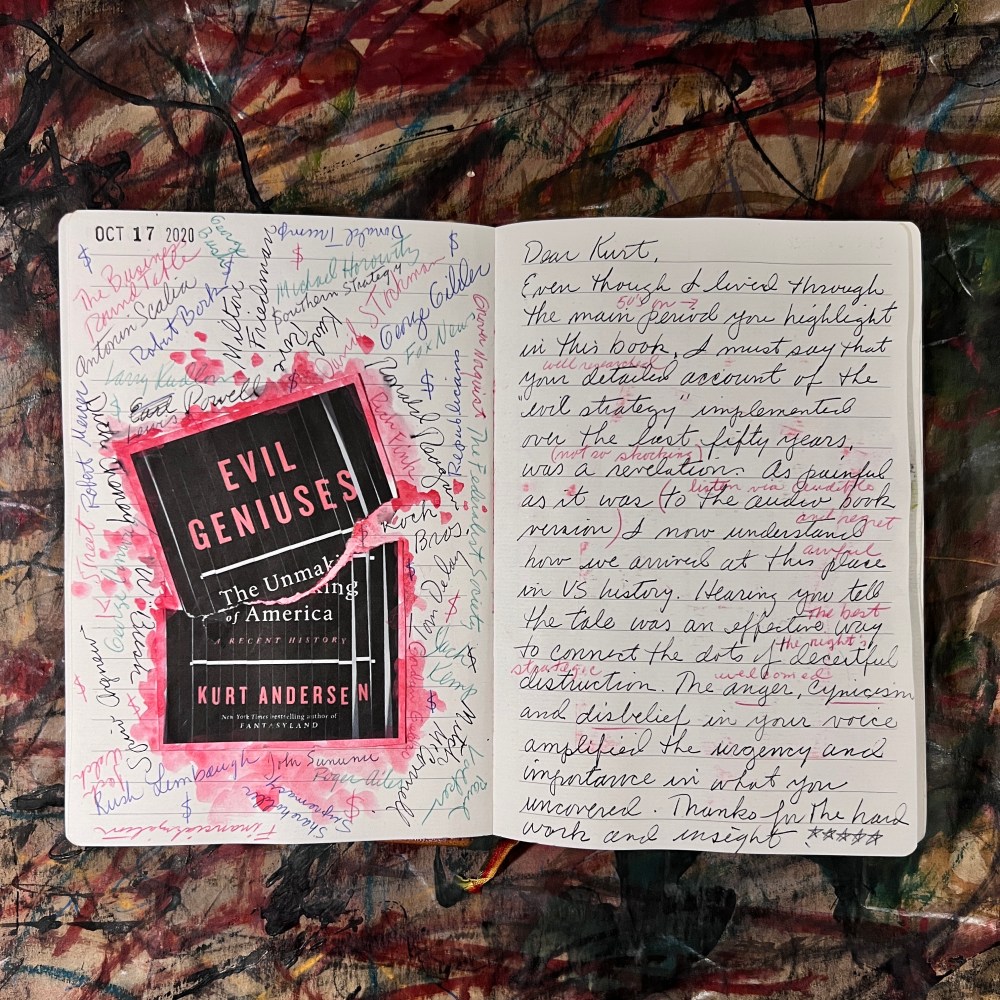
Vice President George H. W. Bush succeeded Reagan, but only served one term after a smooth-talking, savvy Arkansas politician, Bill Clinton defeated him. While he had intellectual prowess and communication skills, this Rhodes Scholar lacked strong will in the face of carnal temptation. Investigators revealed lurid details of his sexual escapades with a young intern in the Oval Office, galvanizing his political opponents who became obsessed with his destruction. He was a promising leader who oversaw historic economic growth, but whose lack of judgement and perjury led to impeachment late in his second term.

George W. Bush, the son of the former President, was governor of Texas and part owner of the Texas Rangers baseball team. In 2000, he was recast as a Reaganesque marionette who barely won a debated presidential election. He oversaw the era of the neocon military hawks and used 9/11— the worst attack on America since Pearl Harbor— as a dubious justification for a protracted war in Iraq. He was vilified by progressives and the press for his deceptive practices and amplified political rancor throughout his term. Today, he paints.

Like our founding fathers, Barack Obama brought a refreshing intellectual dimension to the office. As our first Black president, he led a nation built on the backs of enslaved people and highlighted the lingering racism that exists in America. His election outraged many on the right who pegged him as an elitist and out of touch with the public. However, he was celebrated internationally, legalized all marriage, and provided healthcare to millions of Americans. I voted for him twice, but was dismayed that he wasn’t more assertive when confronting the dark specter of the opposing party.

In a total reversal of fortune, real estate mogul, reality show host, sexual predator, and Master of Media manipulation Donald Trump was elected the 45th President of the United States. Where Obama underlined our systemic racism, Trump weaponized it. Where George W. Bush openly misled Americans, Trump institutionalized lying and deceit and popularized the self-serving “fake news” concept in public discourse. He repeatedly denied the threat of a global pandemic and used it to divide the nation for political gain. He was twice impeached, incited a riot on the nation’s capital after being denied a second term when he lost the 2020 election to Joe Biden, and became the first President indicted for a crime in “Stormygate.”
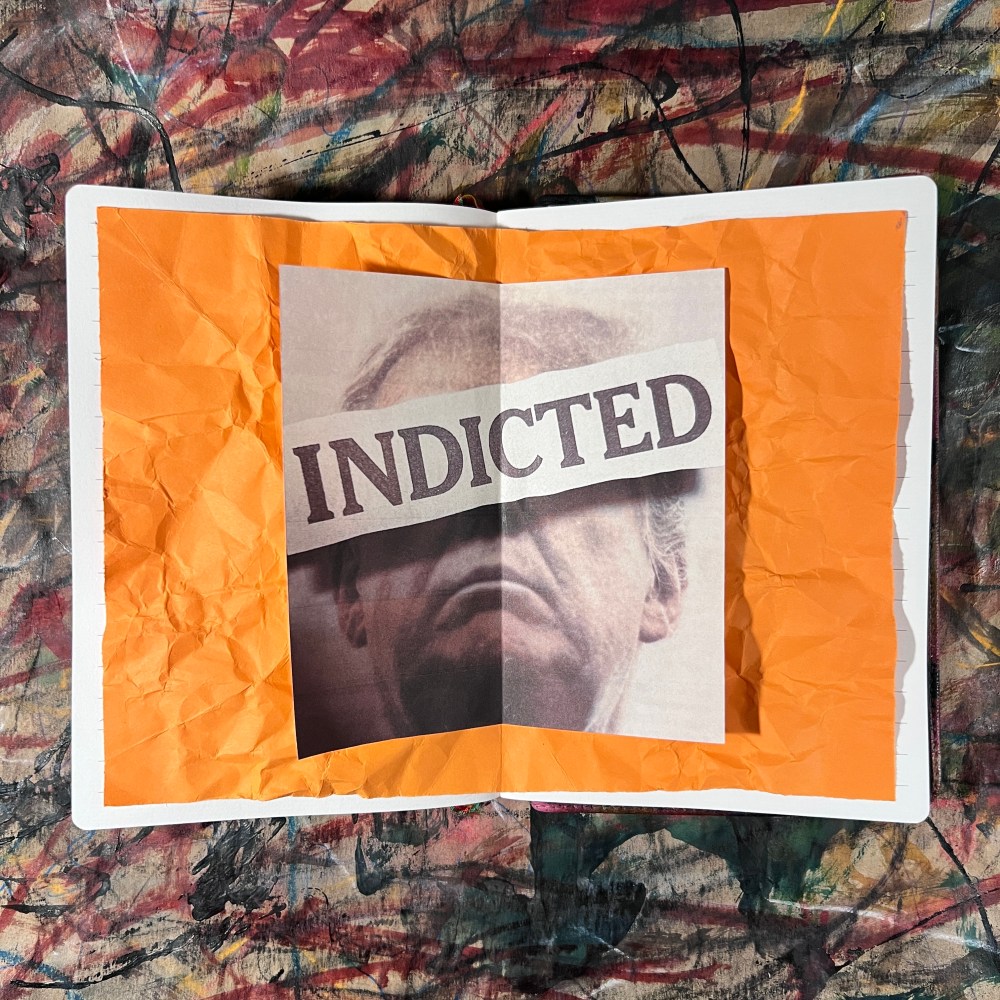
Two years into the course correction Joe Biden’s initiated in 2021, he’s announced a reelection bid in which he could become the oldest president to hold the office. He will probably face his predecessor in what will surely be a costly and time-consuming campaign. He is not flawless, but I do respect Biden for his service and feel that, because of personal tragedies resulting in the lost of loved ones throughout his career, he has an honest sense of empathy for everyday citizens.

In this toxic political environment, the positive change that requires hard work, rational thought, compromise, and acceptance of the “facts” is stifled. We are distracted by “breaking news” about billionaires, sex, spectacle, and celebrity that feeds our endless appetite for growth, consumption, and entertainment. Voting rights, sensible gun ownership, women’s health, education, poverty and climate collapse are a few critical issues that end up as roadkill in a dangerous game of “chicken” that results from Congress’ quest for power and personal gain.

I confess that I failed civics in high school and still don’t know what an “assemblyman” does. But for better or worse, today’s daily deluge of political news has filled in some gaps about how government should work, and it has certainly forced me to pay attention!
The United States prides itself on its “exceptionalism.” In many respects, we are the global example of a democratic society, including unalienable rights of “life, liberty, and the pursuit of happiness.” But book banning, restricting women’s reproductive rights, and social inequality are “exceptionally” backward behaviors.
Winston Churchill once said, “Democracy is the worst form of government– except for all the others that have been tried.
This may be true, but if autocracy is the alternative, why not call us The Untied States of America?
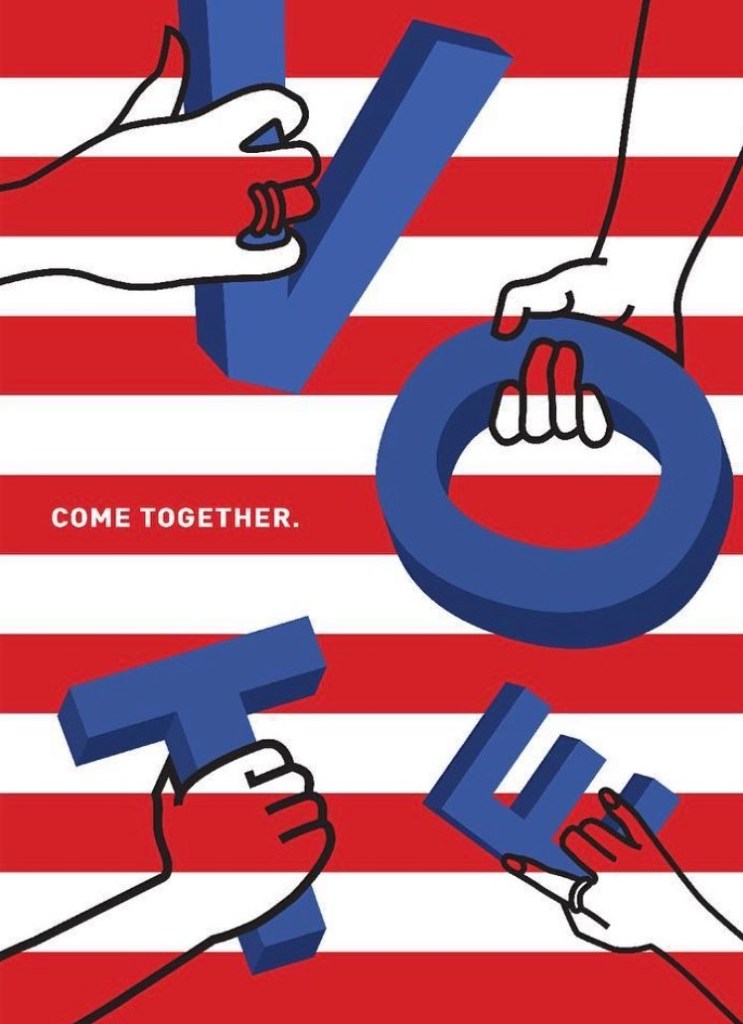
Next month: “ AI in the Animal Kingdom”
Ken Carbone is an artist, designer, and Co-Founder of the Carbone Smolan Agency, a design company he built with Leslie Smolan over 40 years ago. He is the author of Dialog: What Makes a Great Design Partnership, a visiting lecturer at numerous design schools, and T.E.D. X speaker. A recipient of the 2012 A.I.G.A. medal, he is currently a Senior Advisor to the Chicago-based strategic branding firm 50,000feet.
